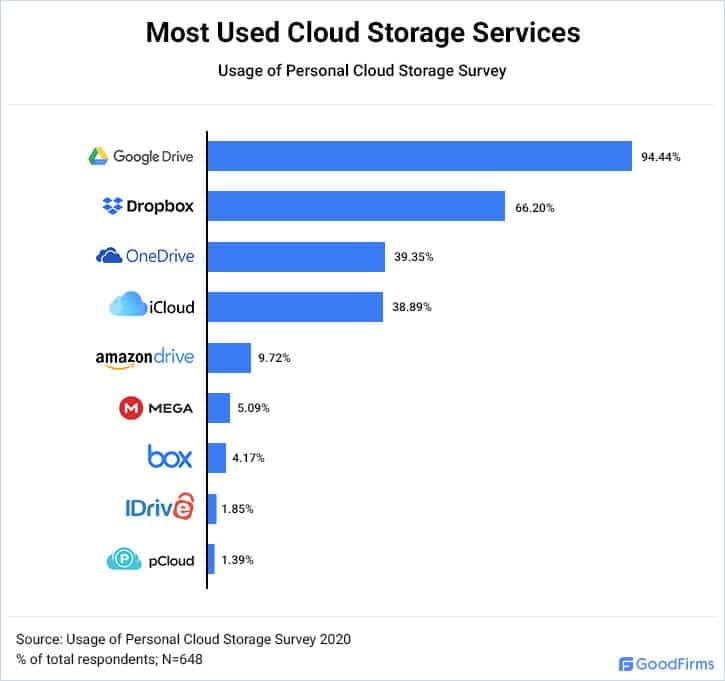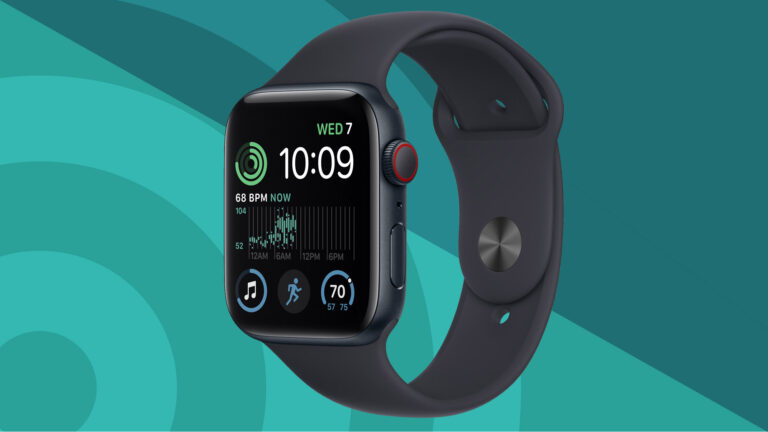Edge Computing vs Cloud Technology Explained: Understanding the Future of Data Processing
As our digital world becomes more connected and data-hungry, the way we process and deliver information is evolving rapidly. While cloud computing has powered everything from streaming platforms to business analytics, edge computing is emerging as a complementary and sometimes necessary solution. Both technologies play critical roles in today’s IT infrastructure, but their strengths differ significantly depending on the task. If you’re navigating digital transformation, building IoT systems, or optimizing for speed and scalability, this breakdown of edge computing vs cloud technology explained will help clarify what each can do and when to use them.
What Sets Edge Computing Apart From Traditional Cloud Models?
The key difference lies in proximity. Cloud computing relies on centralized data centers where processing and storage occur, often far from the data’s point of origin. In contrast, edge computing brings computation closer to the source whether that’s a sensor, device, or local network. This shift reduces latency, improves speed, and limits bandwidth use. Edge is ideal for scenarios requiring real-time responses, such as autonomous vehicles, industrial automation, and augmented reality. By processing data at the “edge” of the network, systems can make faster decisions without waiting for input from a distant cloud server.
Why Cloud Technology Still Reigns in Scalability and Storage
Despite the rise of edge computing, the cloud remains indispensable especially for applications that require large-scale storage, global access, or long-term data analytics. Cloud platforms like AWS, Microsoft Azure, and Google Cloud offer nearly unlimited storage and processing power, making them ideal for big data, machine learning, and enterprise software systems. Cloud infrastructure supports centralized updates, redundancy, and global deployment, allowing businesses to scale quickly and securely. It’s the preferred model for systems that prioritize cost-efficiency and remote accessibility over immediate data response times.
When Real-Time Speed Matters, Edge Computing Takes the Lead
In environments where milliseconds matter, edge computing is the better choice. Think of a self-driving car: waiting for cloud instructions to brake or steer could be catastrophic. Similarly, in smart factories or telemedicine, processing must happen instantly to ensure safety and accuracy. Edge devices reduce latency by keeping data local, which means faster reaction times and improved system reliability. This advantage makes edge computing crucial for real-time analytics, on-device AI processing, and mission-critical infrastructure that can’t afford delays.
Integrating Edge and Cloud for Hybrid Solutions
Rather than choosing one over the other, many organizations are integrating both edge and cloud to build hybrid ecosystems. Edge handles time-sensitive tasks and filters out irrelevant data, while the cloud stores and analyzes large datasets for long-term value. This hybrid approach maximizes efficiency: devices process and respond to data locally, then send relevant information to the cloud for broader analysis or compliance storage. It’s a model increasingly used in sectors like healthcare, logistics, and smart city development, where both speed and scale are essential.
Which Technology Is Right for Your Use Case?
The decision between edge computing and cloud technology depends on your specific needs. If your application requires real-time response, operates in environments with limited internet access, or needs localized decision-making, edge computing is the way to go. If you prioritize scalable storage, centralized control, and broad analytics capabilities, cloud services are more appropriate. In many cases, a blended solution offers the best of both handling immediate tasks on the edge while using the cloud for strategic insights and large-scale coordination.
FAQs
Is edge computing more secure than cloud computing?
Not inherently. Both require strong security practices. Edge reduces exposure by keeping data local, but it also expands the surface area for potential breaches.
Does edge computing replace cloud computing?
No. Edge complements cloud computing by handling tasks locally that are too time-sensitive or bandwidth-heavy for the cloud alone.
Can small businesses benefit from edge computing?
Yes. With affordable hardware and open-source tools, even smaller operations can implement localized processing for IoT or automation tasks.
Is the cloud better for data backup and compliance?
Absolutely. Cloud platforms offer centralized, redundant storage ideal for regulatory compliance and disaster recovery.
Which industries benefit most from edge computing?
Manufacturing, healthcare, transportation, agriculture, and retail are leading adopters due to their need for real-time decision-making and automation.

